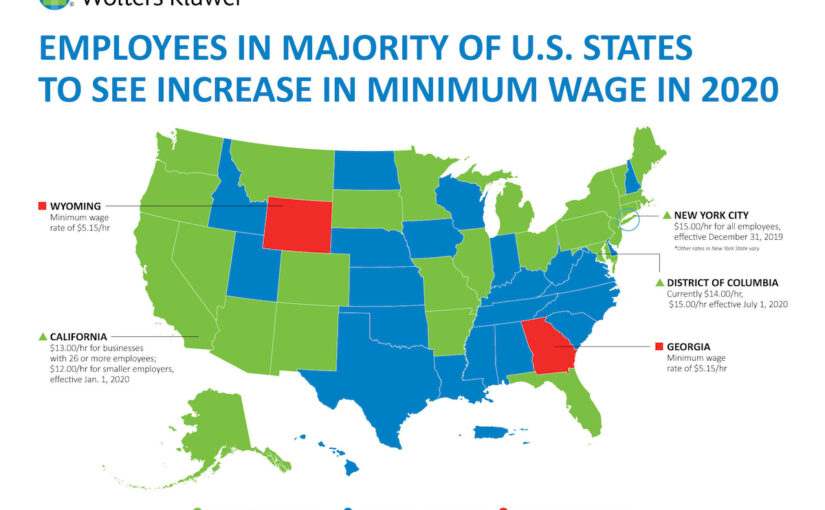Solving the minimum wage debate by creating a simulation of the labor market

Even in the unpredictable landscape of modern politics, one issue is always brought up: is it a good idea to increase the minimum wage?
Both sides claim their answer to be subjectively correct, but the debate in this regard is hardly ever scientific. Arguments on the right generally cite reasons straight out of AP Microeconomics textbooks, drawing up supply and demand curves, and reiterating the age-old wisdom that when you increase the price of something, consumption will decrease; increase the price of labor, employment will decrease. The left retorts by either making an argument for the ethics of someone being paid a wage lower than the cost of living, or by pointing out cases where the typical economist wisdom falls short, like a mom-and-pop business which can’t afford to lay off it’s few workers, regardless of whether the cost of hiring increases.
Many claims, lots of screaming and shouting, no objective conclusion.
So how did I get roped into this? Well, I considered myself to be on the right of this debate for a while now. I firmly believe in capitalism as an economic system, and I agreed with the traditional economist’s stance against unnecessary regulation. I also considered most of the alternate cases to be either marginal, non-existent, or affected negatively by a high minimum wage regardless. My dad, however, believed in increasing the minimum wage, and we argued for a long time, in the same fashion as the argument I described above. After many days, we both got tired of arguing, and while I was ready to just agree to disagree, my dad had an even better idea in mind: make a simulation of the labor market, and see how the minimum wage affects unemployment, price levels, and quality of life.
So without further ado, this is how the quality of life of workers scales with minimum wage!

This graph shows the average of 1000 runs of the simulation, with 100 workers, 50 of which are entry-level workers, and an employer that hires a minimum of 20 workers and a maximum of 90. Quality of life is calculated by dividing average income with average prices(which fluctuate depending on how much manpower businesses have available). Note that minimum wage is not in any real-world currency, but instead in imaginary units. This doesn’t really matter, since as the graph shows, quality of life only decreases as the minimum wage increases. Therefore, the ideal solution, according to my simulation, is a minimum wage of zero.
You can try out the simulation for yourself using this link.
Edit: After playing around with the simulation for a while, I noticed that certain options, like a low maximum hiring rate, can affect the graph so that a higher minimum wage is better. This means that in sectors like retail, where only a certain number of people can be sensibly hired, a minimum wage can actually do good. For a real-world example, Scandinavian countries are known for their high minimum wage, which is enforced not by governments but by unions and employers cooperating sector-to-sector, which may be the best solution.